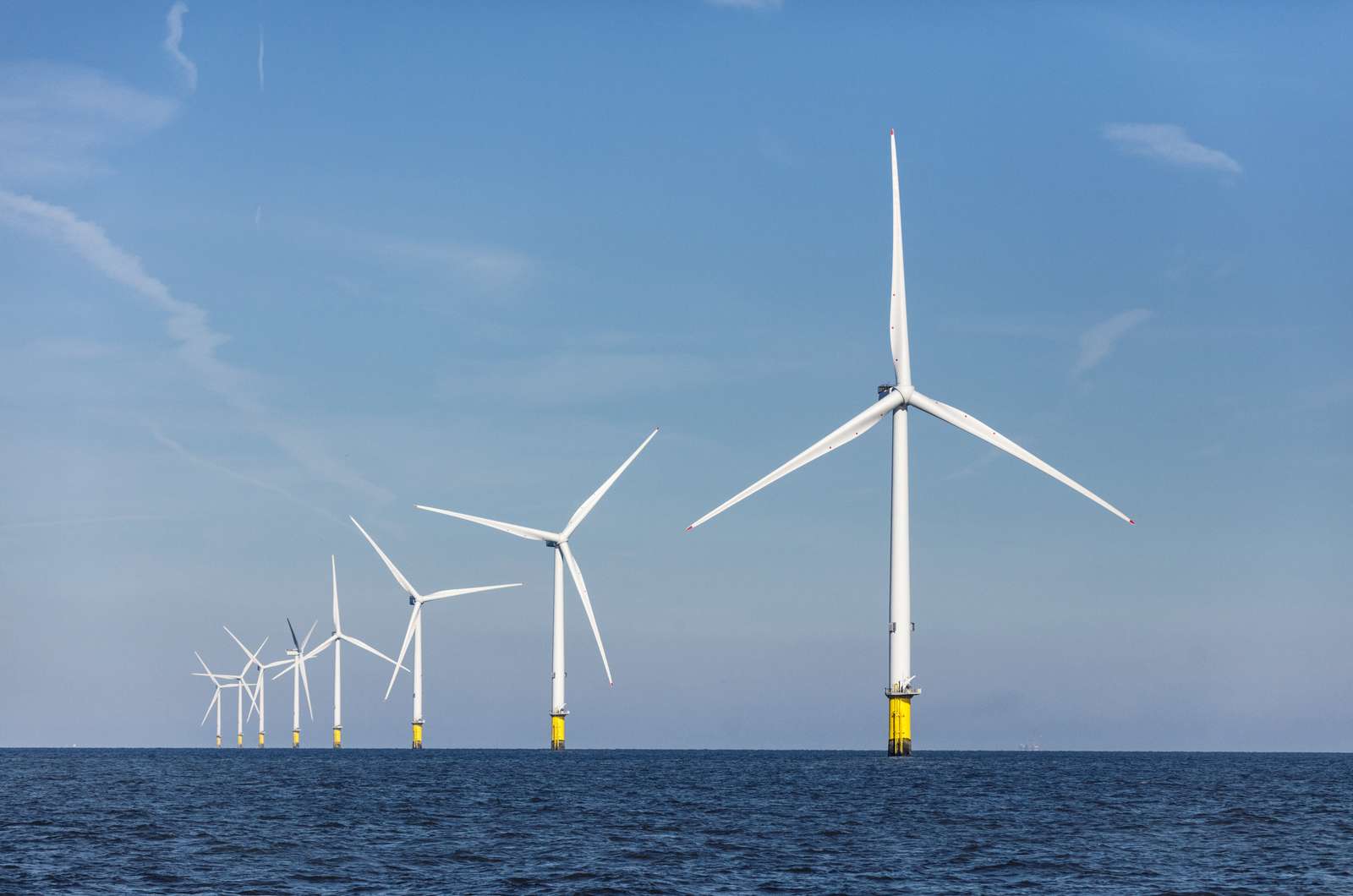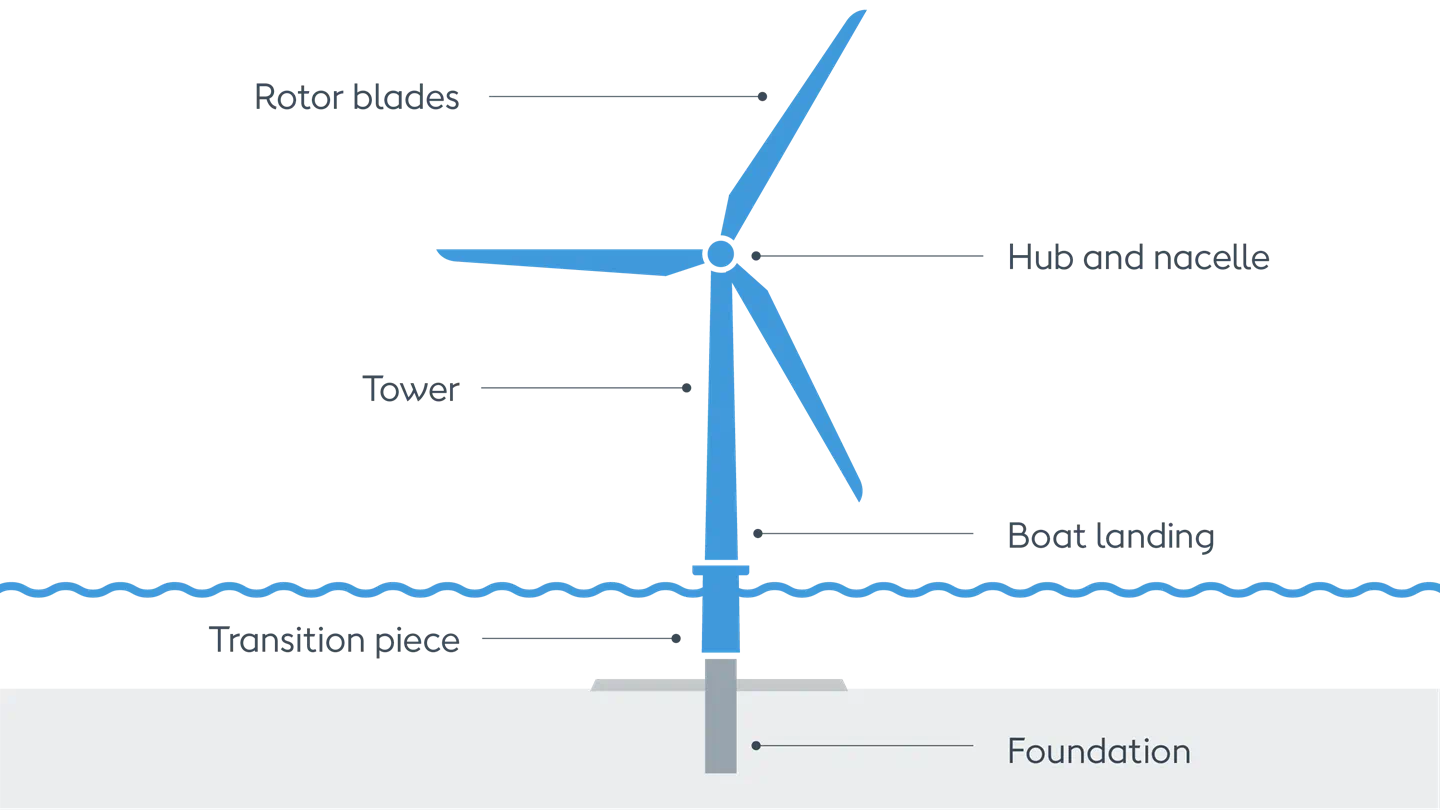Offshore wind power used to be very expensive to construct and operate. But
innovation, industry maturation, and
supply chain growth have all played a part in driving down the costs of offshore wind energy in the UK to the point where it is now the cheapest technology for generating electricity.
For example. the turbines used on our Hornsea 2 project are almost 18 times as powerful as those used for Vindeby, the world’s first offshore wind farm located off the Danish island of Lolland.
[1] Installed Capacity for the group means renewable capacity accumulated over time for which commercial operation date (COD) has been achieved, and where the group has or has had an ownership share and an EPC (engineering, procurement, and construction) role in the project, disregarding whether such capacity has subsequently been di-vested, in full or in part. Notwithstanding the foregoing conditions are not fulfilled, renewable capacities from acquisitions are also added to the installed capacity.
[2] Capacity under Construction for the group means renewable capacity under construction where a final investment decision (FID) has been made and where the group has or has had an ownership share and an EPC (engineering, procurement, and construction) role in the project, disregarding whether such capacity was originally or has subsequently been divested, in full or in part.




